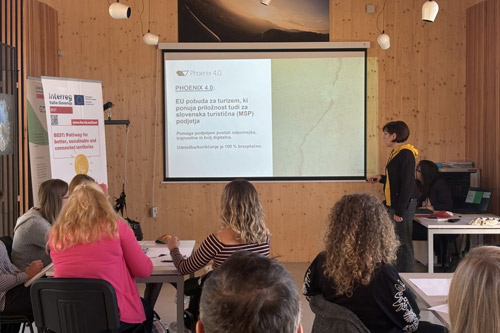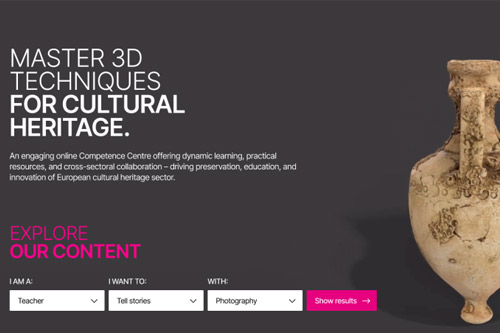
SECreTour, is setting out to transform rural and remote regions through sustainable, engaging, and creative tourism. Funded by the Horizon Europe programme, the project brings together a diverse network of partners—including universities, NGOs, regional parks, and companies—from Ireland, Denmark, France, Spain, Switzerland, Italy, Hungary, Slovakia, Albania, and Slovenia.
At the heart of the project is the idea that heritage, when approached creatively and sustainably, can serve as a catalyst for social innovation and long-term regional development.
From April 3 to 5, representatives from across the consortium gathered for the SECreTour 2025 Annual Seminar, hosted by BIBRACTE EPCC in the Morvan Regional Natural Park, France. Arctur’s Heritage+ Lead, Matevž Straus, was among the participants, engaging in discussions and field visits that showcased how cultural tourism can shape the future of rural landscapes.
The seminar featured rich exchanges on the potential of cultural tourism to foster local development, with a strong emphasis on the importance of heritage communities. Discussions also addressed climate-related challenges and the need for sustainable tourism practices tailored to the specific needs of rural and peripheral areas.
One of the key themes was explored through the pilot project “A Landscape in Common” in Morvan, which focuses on landscape management as a response to environmental pressures while also supporting tourism infrastructure. Participants also had the opportunity to explore sections of the “Tour du Morvan des Sommets,” a newly developed hiking trail that aligns with the region’s goals for low-impact tourism.
Before the event, Matevž Straus also held an in-depth conversation with Dr. Vincent Guichard, General Director of BIBRACTE EPCC, which is available here. Their dialogue shed light on the challenges facing the Morvan area and the role SECreTour can play in reactivating the territory through meaningful heritage engagement.
SECreTour is set to become a key platform for testing and sharing models that support cultural and environmental sustainability in some of Europe’s most vulnerable yet valuable regions. The project invites all interested stakeholders to follow its progress and engage through its LinkedIn group here.



